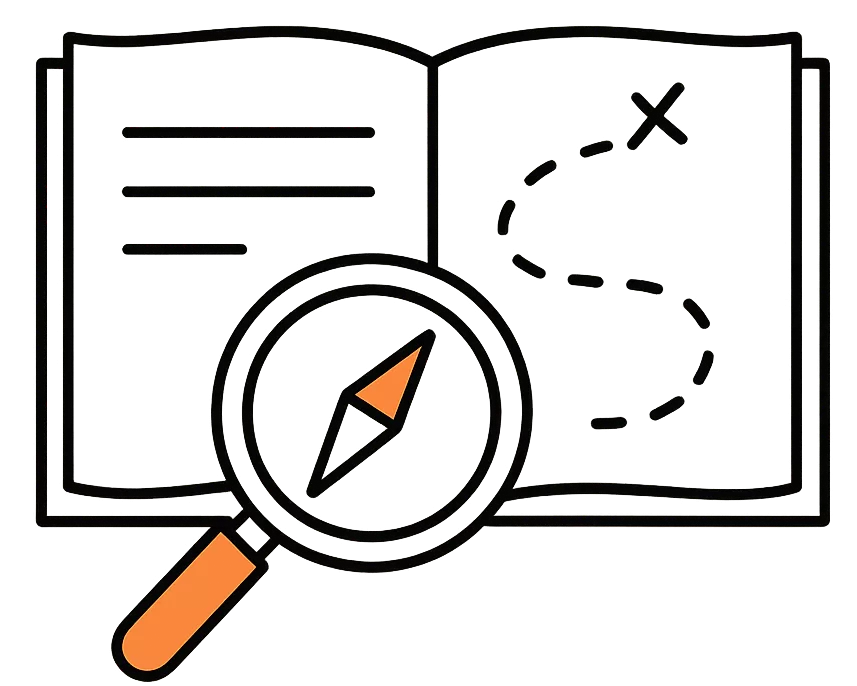
Learning walks provide valuable insights into what’s happening in classrooms. But what should an observer look for to get a true sense of teaching and learning quality?
Here are some key aspects that I tend to focus on:
Clarity of Learning Intentions
- Are lesson objectives clearly communicated to students?
- Do students understand what they are learning and why it matters?
What to look for:
- Students able to articulate what they’re working on.
Pupil Engagement & Focus on Learning
- Are students engaged with the task at hand?
- Are classroom conversations on-topic and contributing to learning?
What to look for:
- Students working purposefully, whether individually, in pairs, or in groups.
- Discussions that are related to the task rather than off-topic chatter.
- Body language and facial expressions that show focus and interest.
Questioning & Challenge
- Does the teacher use questioning effectively?
- Are students encouraged to think deeply?
- Is there a balance of open and closed questions?
What to look for:
- Use of questioning techniques like cold calling, wait time, and probing questions.
- Students justifying their answers rather than giving one-word responses.
- A culture where students feel safe to get things wrong and learn from mistakes.
Quality of Explanation & Modelling
- Are explanations clear and accessible?
- Does the teacher model their thinking process?
- Are worked examples used to scaffold learning?
What to look for:
- Teachers thinking out loud when solving problems.
- Use of step-by-step guidance before independent work.
- Analogies, diagrams, or real-world examples to support understanding.
Feedback & Assessment for Learning
- Is feedback helping students improve?
- Do students know how to take the next steps in their learning?
What to look for:
- Teachers circulating and checking student work.
- Verbal and written feedback being acted upon.
- Peer or self-assessment opportunities.
Pupil Independence & Metacognition
- Are students thinking about how they learn, not just what they learn?
- Do they reflect on their learning strategies?
- Are they developing resilience and problem-solving skills?
What to look for:
- Students explaining their thought process.
- Opportunities for self-regulation and goal-setting.
- Scaffolding that gradually fades, encouraging independence.
Classroom Culture & Relationships
- Is there a positive and respectful classroom environment?
- Do students feel confident participating?
- Are routines and expectations clear?
What to look for:
- Mutual respect between students and teachers.
- Clear behaviour expectations and routines.
- A classroom atmosphere that supports learning.
Use of Resources & Technology
- Are resources supporting learning, rather than being a distraction?
- Is technology used effectively to enhance, not replace, good teaching?
What to look for:
- Well-structured lesson materials that aid understanding.
- Thoughtful use of technology (e.g., visualisers, one-to-one devices…) that adds value.
Final Thoughts
When feeding back, I always keep in mind that a learning walk is just a snapshot of what happens in a lesson that provides a moment-in-time view, not the full picture of a teacher’s practice, so I taylor my feedback accordigly.
Lerning walks are (or should be) a professional development tool, not a stick to beat people with. The key for me is to look for patterns over time, build a culture of trust, and use insights to support and develop great teaching.

Subscribe to our newsletter
- Actionable insights on leadership, learning, and organisational improvement
- Thought-provoking reflections drawn from real-world experience in schools and beyond
- Curated resources on effective practice and digital strategy
- Early access to new articles, events, and consultancy updates
- Invitations to subscriber-only webinars, Q&As, and informal conversations
- Clarity, not clutter—you will not be bombarded by emails
Cancel or pause anytime.

Leave a Reply